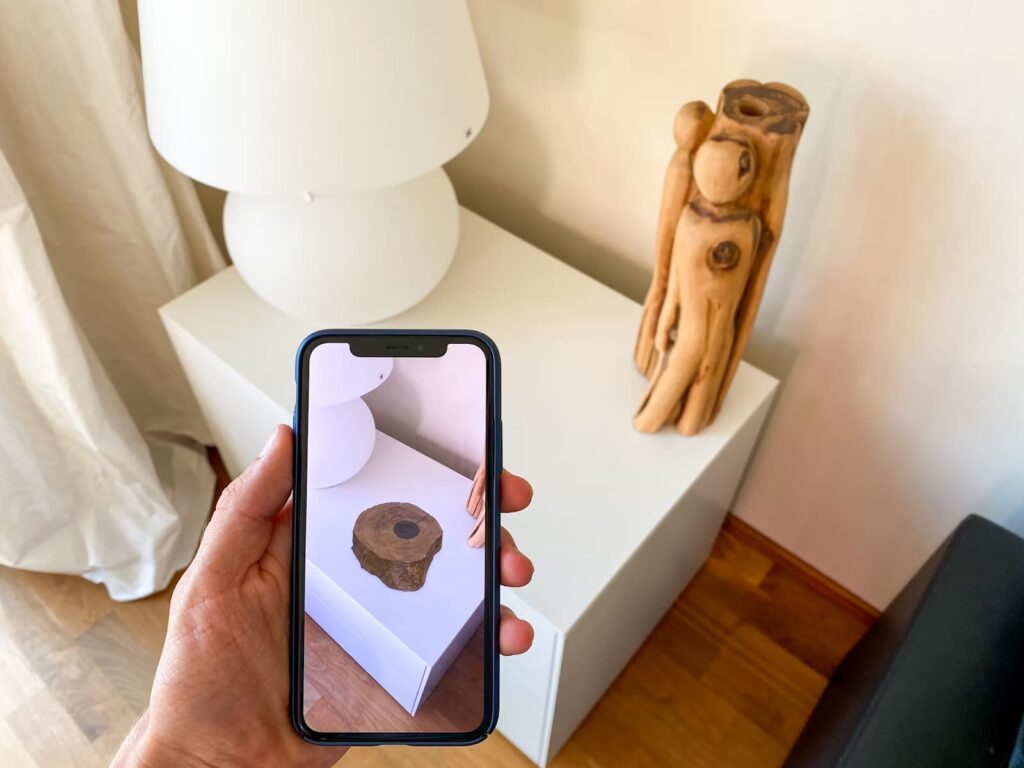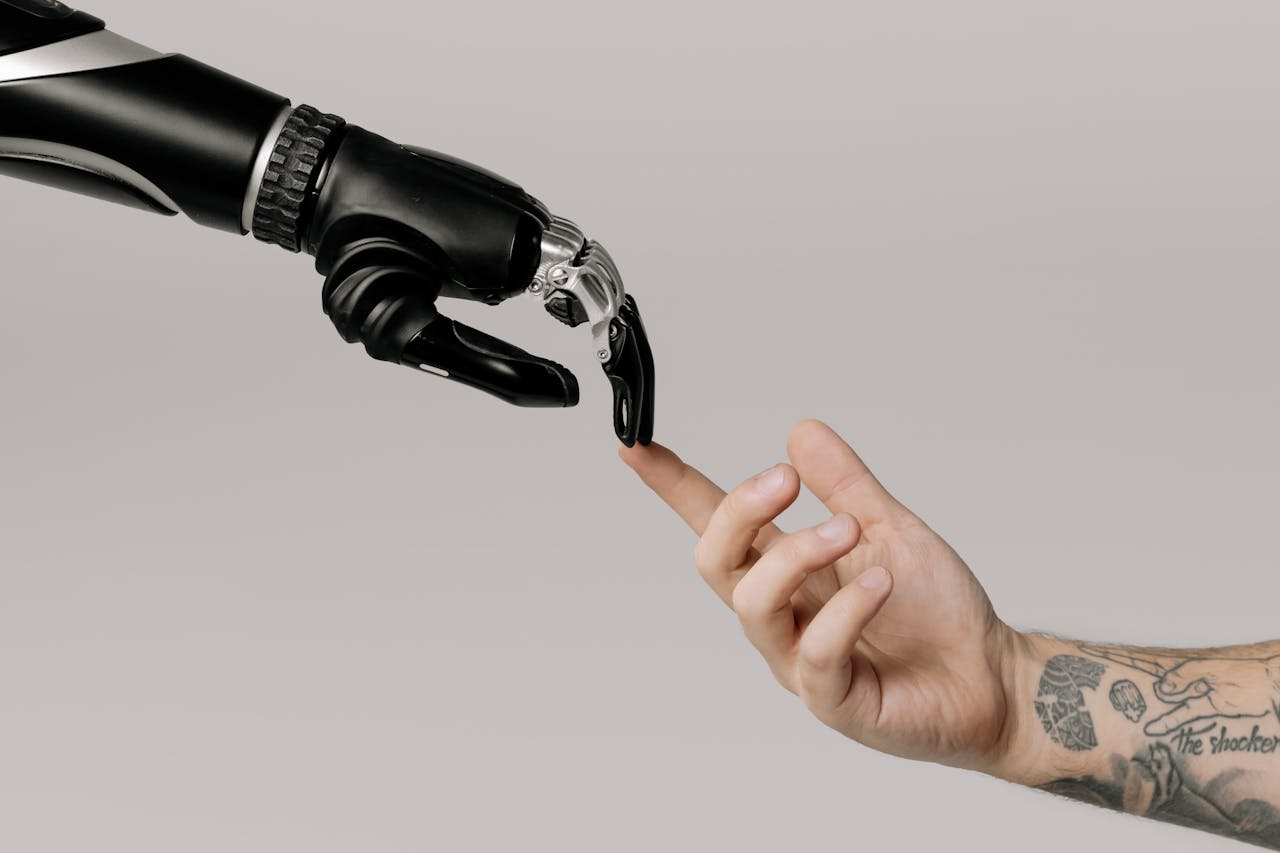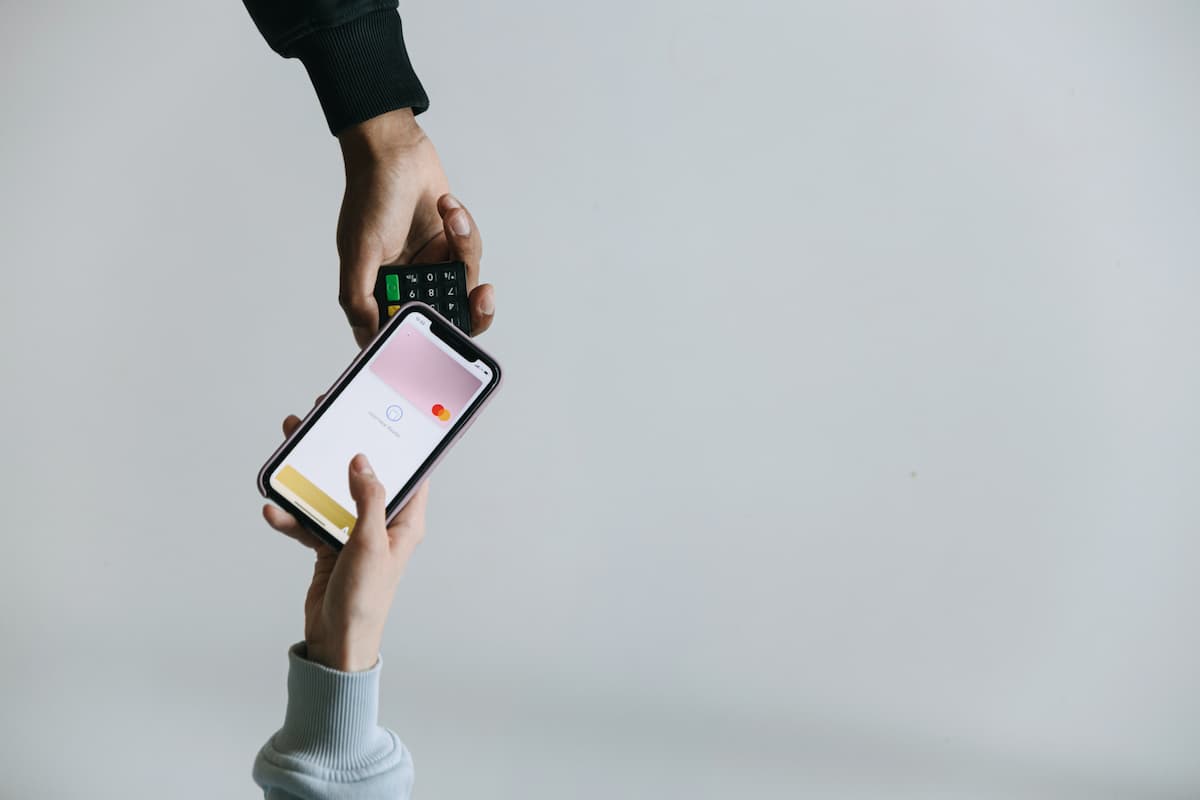When most people think of Augmented Reality (AR), they envision fun Snapchat filters, Pokémon Go, or perhaps virtual furniture fitting through an IKEA app. But AR is evolving far beyond these well-known applications, finding its way into unexpected industries and everyday tasks. Let’s explore some of the most uncommon ways AR is making a surprising impact across various fields.
1. Augmented Reality in Archaeology
One of the most fascinating applications of AR is in the field of archaeology. Through AR, ancient ruins can be digitally reconstructed to give people a glimpse of what historical sites originally looked like. Tourists visiting these sites can hold up their smartphones or AR glasses and watch the ruins transform into fully restored structures. This not only enhances their learning experience but also brings history to life in a way that textbooks cannot.
2. Virtual Try-Ons for Pets
We’ve all seen AR apps that let us try on clothes or glasses before purchasing, but did you know it’s now being extended to pets? A few pet apparel brands have begun to develop AR-based solutions that allow pet owners to see how different clothes or accessories would look on their pets before making a purchase. Whether it’s a Halloween costume for your dog or a winter jacket for your cat, AR is making sure they look stylish before you commit.
3. Real-Time Music Visualization
Musicians and concert organizers are using AR to give their audiences a more immersive experience. Real-time music visualization via AR apps adds a dynamic, interactive layer to performances. Imagine attending a live concert where you can see visual representations of sound waves dancing in front of you, synced perfectly with the beat, or even watch instruments play out virtual versions of the music in mid-air. This makes for a multisensory experience that transforms traditional music gigs into high-tech spectacles.
4. Remote Collaboration for Creative Arts

While remote work has boomed, AR is expanding into the creative arts scene to revolutionize remote collaboration. Artists, architects, and designers can use AR tools to work on a shared 3D canvas in real time. For instance, architects in different locations can work together on building plans by visualizing 3D models through AR devices, making adjustments and improvements as if they were in the same room. It’s an entirely new approach to collaboration, fusing creativity with cutting-edge technology.
5. AR for Plant Care
For green thumbs—or even those who struggle to keep plants alive—AR is stepping in to help. Apps are emerging that allow users to point their phone at a plant and receive real-time information on its health. From diagnosing plant diseases to determining the right watering schedule, AR can help you understand what your plant needs simply by scanning it. This adds a new level of convenience for plant lovers, turning your home into a tech-enhanced greenhouse.
6. Enhanced Indoor Navigation
AR is not just for exploring outdoor environments—companies are starting to use it for indoor navigation in complex spaces. Imagine walking into a large hospital, university, or shopping mall and receiving turn-by-turn directions overlaid in your field of vision through an AR app. This can save time and reduce confusion, especially in areas with intricate layouts or when you’re in a hurry to reach a particular location.
7. Mental Health and Cognitive Therapy
In a novel approach to mental health, AR is being used for cognitive behavioral therapy (CBT). Patients can use AR to confront phobias in controlled environments, such as a fear of heights or flying. They can also practice social interactions in a safe, simulated space, improving their social confidence over time. This method allows therapists to customize treatment experiences without the need for a real-world setup.
8. Augmented Reality in Literature
AR is quietly transforming the way people interact with books. Through AR applications, static pages can come to life with animations, audio, and interactive experiences. Imagine reading a children’s book where characters step out of the page, or following along with a historical novel where real-time maps, 3D models of landmarks, and even ambient soundscapes accompany each chapter. This is an entirely new way to engage readers of all ages, merging literature with multimedia.
9. Mindful Eating with AR
Eating mindfully is becoming more popular as a way to enhance health and wellness. Now, AR is helping people become more aware of their eating habits. Using an AR app, users can visualize portion sizes, calories, and nutrients of their food before they take a bite. Some apps even overlay virtual guides, helping users understand appropriate portion sizes and nutritional values. This enhances the eating experience by educating people on healthy consumption patterns and creating an interactive approach to meal times.
10. Augmented Reality in Construction
AR’s practical use in construction goes beyond architectural visualization. Builders and construction teams can now use AR to visualize complex structural layouts, electrical wiring, and plumbing networks before construction even begins. By overlaying digital models on top of real environments, construction professionals can ensure accuracy, reducing errors and speeding up project completion. It allows workers to see through walls or visualize unseen aspects of the structure without physically altering anything on-site.
Conclusion
Augmented Reality is stepping out of the shadows of entertainment and into a diverse range of industries. Whether it’s for archaeology, pet fashion, or plant care, AR is proving that it has far-reaching applications in ways we wouldn’t have imagined a decade ago. As technology advances, we’ll likely see even more surprising and creative uses of AR, transforming the way we interact with the world around us.
Have you encountered any uncommon uses of AR that caught your attention? Let us know in the comments!









